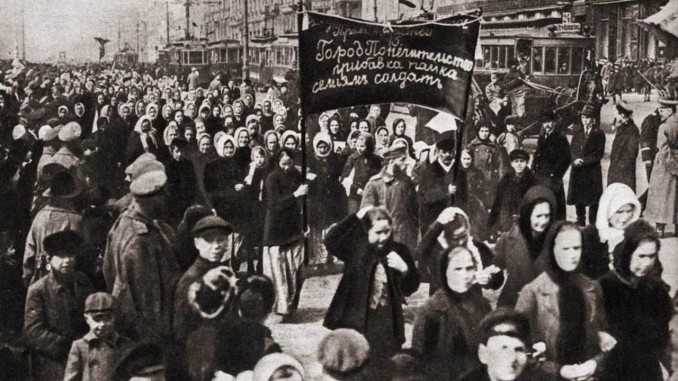
The COVID-19 pandemic has created a particular crisis for women all around the world. Before the pandemic, one in three women were victims of violence. But since the pandemic, an increase in domestic violence cases and attacks on women have been reported all across the world. The deep psychological impact of the COVID-19 crisis has made women even more vulnerable to violence from intimate partners. The calls to domestic violence helplines have increased in most reporting countries, in some up to five times. The isolation of the shelter-in-place orders has left women at the mercy of their abusers without the ability to escape their homes, or to seek help from friends, family, and professionals.
The economic crisis due to the pandemic has also had a greater impact on women. Service and retail jobs are predominantly performed by women. These same sectors have been hit the hardest as economies all around the world have shut down. As a result, women have experienced job losses at a rate 1.8 times higher than men. The increase in childcare and housework has also disproportionately burdened women. Prior to the pandemic, women already performed 75% of the unpaid childcare-labor; now women have also been forced to give up their jobs in order to provide care for children who cannot attend school.
These kinds of struggles are nothing new for women. Since the inception of class societies and private property, the oppression of women and the division of labor based on gender has been essential to the functioning of these societies. But history shows that women have found many ways to organize themselves and fight back.
Over 100 years ago, the first International Women’s Day was called for during the International Socialist Women’s Conference in 1910, inspired by the National Women’s Day celebration of the Socialist party of the U.S. During the first International Women’s Day in 1911, over one million people joined demonstrations with demands including women’s right to vote and to hold public office, as well as for protection against gender discrimination in employment.
In 1912, 14,000 women textile workers participated in a strike in Lawrence, Massachusetts, which became known as the “Bread and Roses Strike,” after socialist and feminist union organizer Rose Schneiderman gave a speech saying, “The worker must have bread, but she must have roses, too.” The poem that later became a song, “Bread and Roses,” became a slogan for International Women’s Day.
In commemoration of International Women’s Day in 1917, women textile workers in Petrograd, Russia called for a demonstration for “Bread and Peace.” Little did they know that this demonstration, which was joined by other factory workers, housewives, and men, would be the catalyst for what would become the Russian Revolution.
International Women’s Day was initially celebrated only in countries calling themselves “communist,” but the holiday became much more widely popular, on an international scale, during the 1960s. Since then, it has been celebrated all across the world, marking days of massive demonstrations during which women come together to voice their concerns and demand an improvement to their conditions.
In 2017, strikes, rallies, and demonstrations were held all across the world. In the U.S., thousands of women participated in what was known as “A Day Without a Woman,” protesting the anti-woman stance of the Trump administration. That same year, the hashtag #MeToo went viral all across the world, providing a platform for women to denounce their abusers and seek justice. Later that year, Facebook reported that the most popular topic sought on the platform was International Women’s Day. In 2019, hundreds of thousands of women in Spain went on a one-day strike, chanting “if we stop, the world stops.” During 2020, despite the COVID-19 pandemic, massive demonstrations were held all across Latin America calling for the legalization of abortion rights and to put a stop to violence towards women. Mobilizations around reproductive rights, which had been taking place for years in Argentina, finally resulted in the legalization of abortion in December 2020.
We must learn from the history of International Women’s Day and the many other struggles that women have led and participated in. We know that the only way to stop the direct attacks on women resulting from the pandemic will be through a collective fight. The fight for women’s rights is a fight for human rights. The attacks experienced by women undercut the humanity not only of the victims, but also that of the perpetrators. We will finally put such violence behind us when the vast majority of people fight back against oppression and exploitation and put an end to this capitalist society that perpetuates such horrors.




